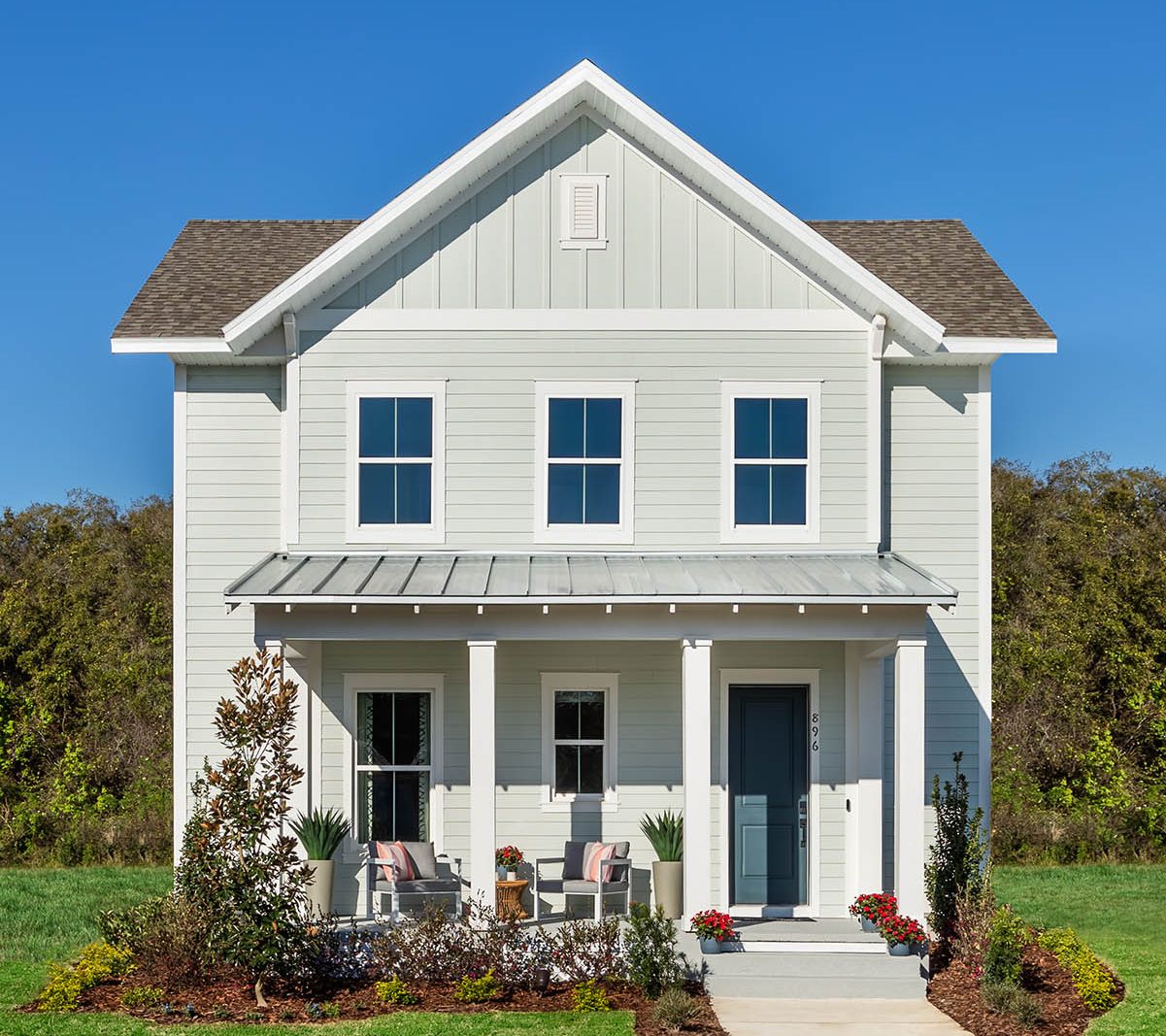I know this sounds like a chicken or egg first dilemma – but I was recently asked which comes first – the land plan or the architecture and building envelope for the homes? My response? The unsatisfactory “It’s complicated”.
Developers and builders are both looking to maximize density. The developer is trying to get the most for their property and the builder wants to maximize their investment. Both are looking for a result that is a livable, desirable community. Logically, land planning and architectural design should be a joint endeavor. Too often, that is not the case.
In some cases – it’s simple. The land is a flat and large rectangle. The developer creates 50’ wide lots for a builder to buy with 40’ wide single-family homes.
But very often – it’s not simple. There are challenges on both the land side and architectural side that make it difficult for both parties – especially if they aren’t working together.
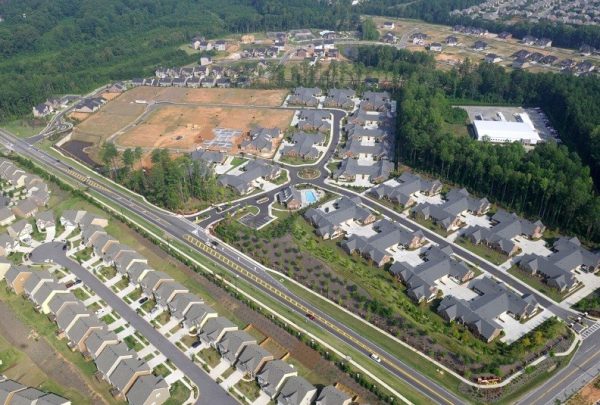
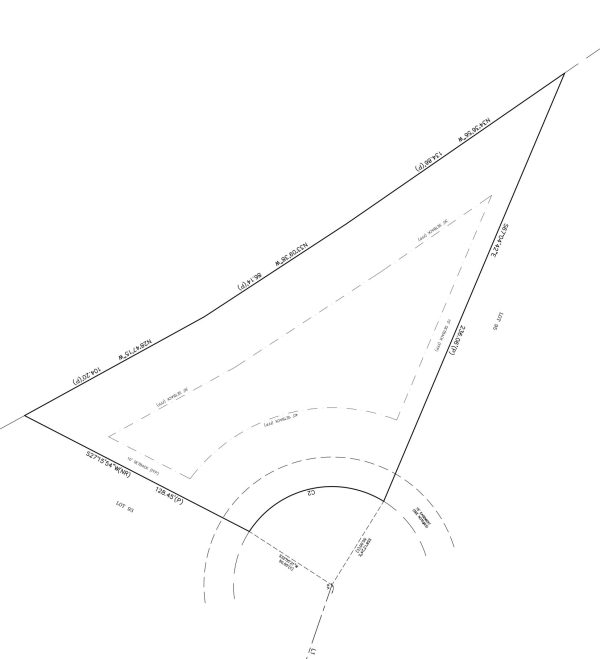
Let’s look at some of the architectural challenges.
Jurisdictional Nuances
In St. Johns County, Florida, the fire marshal measures the setback to the overhang of the home instead of the side of the house. In this county, a 53’ wide lot is required for a 40’ wide. Failure to respond to this nuance results in the need to fire rate the overhang – adding unwanted costs to the home.
![]()
Masonry Market
In markets that require masonry on all the elevations, the frame dimensions of the home must be reduced by 12” to make room for the masonry within the footprint. Suddenly, a 40’ wide house in frame becomes 39’ wide. As many of you know, I prefer the building envelope to be in 2’ and 4’ increments, so these masonry homes will have more wasted material.
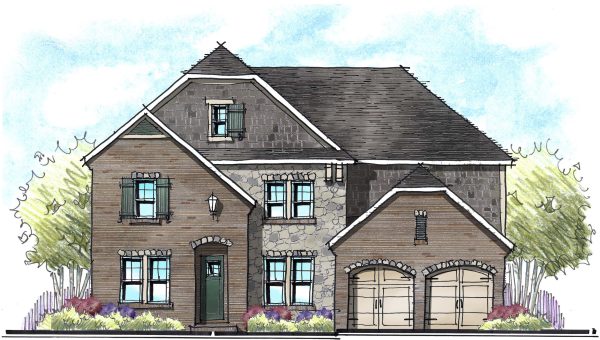
Margin for Error
Many builders don’t like to build to the maximum footprint, in case their slab ends up slightly bigger. So much for even 2’ dimensions for the house. But if the land planner created 51’ wide lots – the builder could have their margin of error and an efficient way to build. Building components come in 2’ and 4’ increments – dirt doesn’t have the same issue.
Garage Location and orientation
Understanding where you can put the garage and its orientation can be mind-numbing, especially if you’re a builder trying to build one plan in multiple communities. Solving for the garage affects both the width and the depth of the house and lot. The placement and orientation of the garage can dramatically affect how pedestrian-friendly the community becomes. Let’s look at the various forms.
- Front-facing garage: This placement requires the least amount of depth on the lot, especially when the garage is integrated within the home vs out in front like a snout. Typical front-setback is 20’ for this garage.
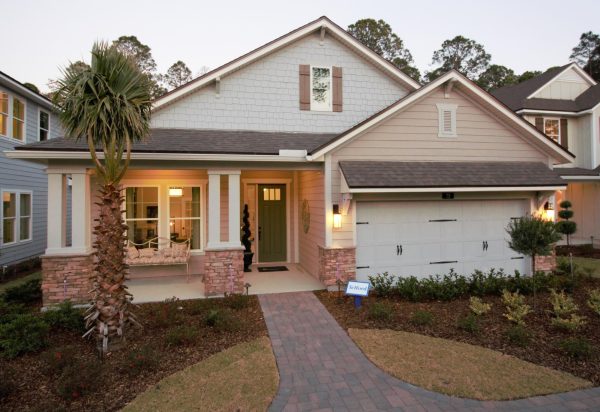
- Front-facing setback garage: In many communities, the garage must be setback anywhere from 5’ to 20’ from the front of the house or porch. Some will allow the front porch to be forward of the garage by 20’ but either way, the setback garage requirement can be a big game changer for the house design and lot fit.
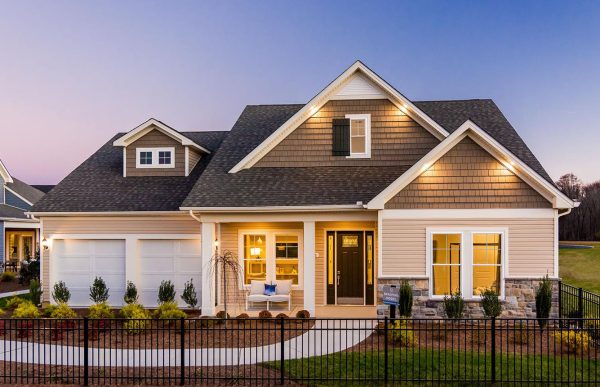
- Courtyard entry garage: These are the garages at 90 degrees to the front of the house, creating a driveway courtyard. When these become 3 car garages, the depth of the house can grow substantially! Consider that cars need 25’ of backing, so the narrowest house to have a courtyard entry is around 45’ wide.
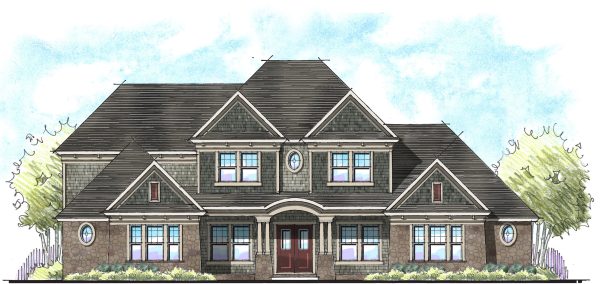
- Side-loaded garage: As the lots get wider, it becomes feasible to enter the garage from the side of the home. This garage configuration requires extensive width and depth on the lot. Often times, the home beyond the driveway can expand to the actual side setback.
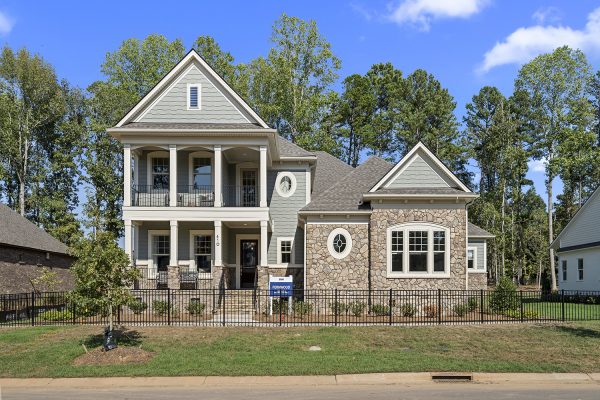
- Split Garages: If allowed, many have added two one split garages where at least one car faces forward. This can be a courtyard or side loaded configuration – a game changer in terms of fitting more house on the lot.
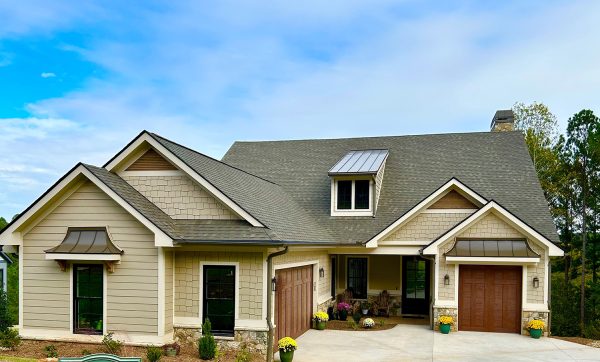
- Garage in the back: Placing the garage on the back of lot is a great way to minimize the impact of the garage on the street, but requires both a wider lot and the added expense of a long driveway. If you had a 50’ lot with 5’ side setbacks, you could still only get about a 25’ wide house when allowing for a 10’ wide driveway lane with space on either side.
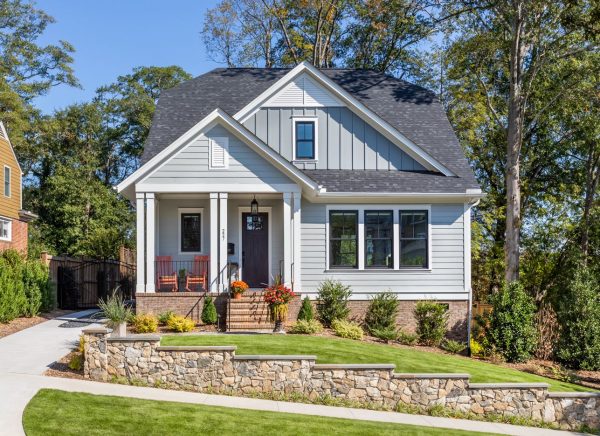
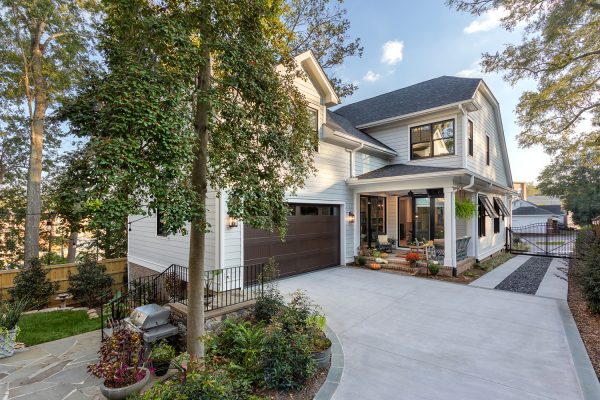
- Alley-loaded garages: Alley-loaded communities provide a great streetscape, but can be more costly to develop (think two roads front and back) and can compromise private backyard space. We see these more often in narrower building footprints.
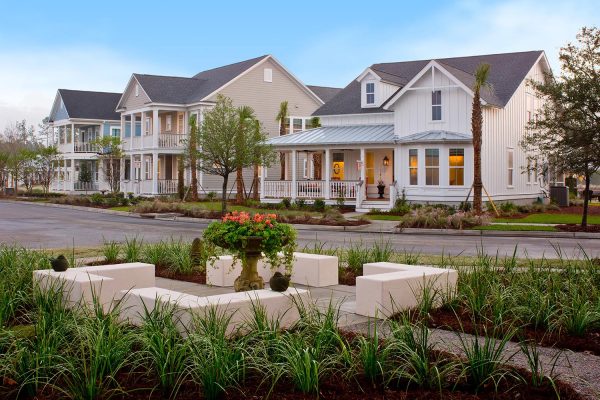
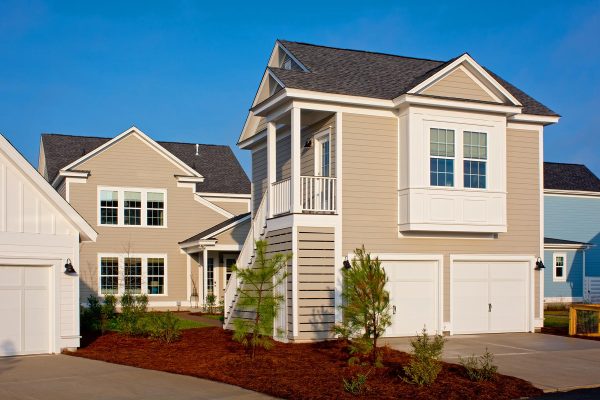
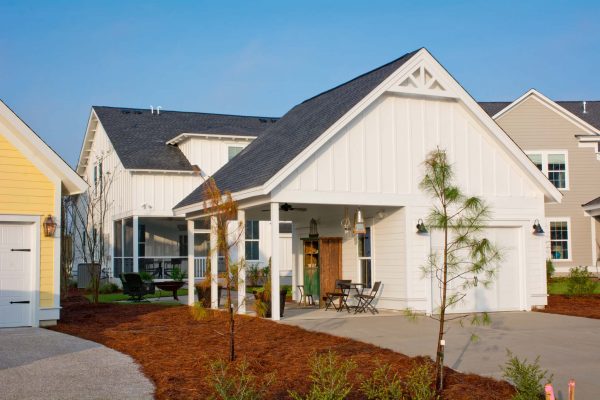
Porches
Porches are a key architectural element of a pedestrian-friendly community. But just having a front porch may not be enough. Often, there are depth requirements – anywhere from 6’ to 8’ in depth. One community measures of the porch inside the columns – resulting in at least a 9’ deep porch. But wait – there’s more. How about the width of the porch? As the house grows in width, so should the porch. Additionally, many communities want the porch raised a minimum 16” above the adjacent grade.
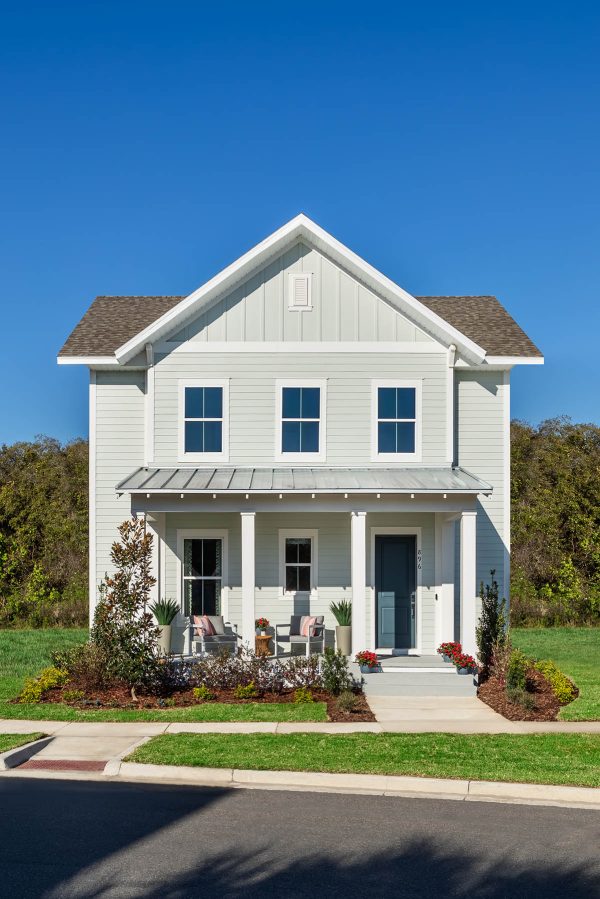
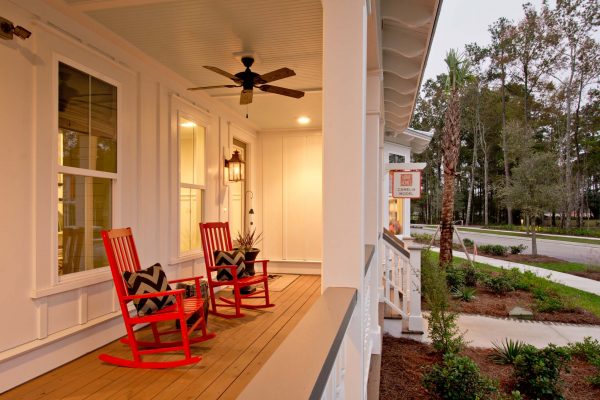
Impervious
Just when you thought you had addressed all the architectural issues, you learn you have a maximum allowable impervious area. This calculation needs to include the entire building pad, driveway and walkways, even a future pool.
As a builder, you are faced with many issues to consider when designing homes for multiple communities. Working in concert with the land developer can broaden your understanding of the goals and challenges for a future community – a place that people will be proud to call their home and neighborhood.
For our next blog, we will cover the plethora of site issues that create challenges for both the density and architecture of the community. These not so simple site issues can include wetlands, tree protection, too much topography, easements, utilities and more.
Categorized in: Uncategorized
This post was written by Housing Design Matters


